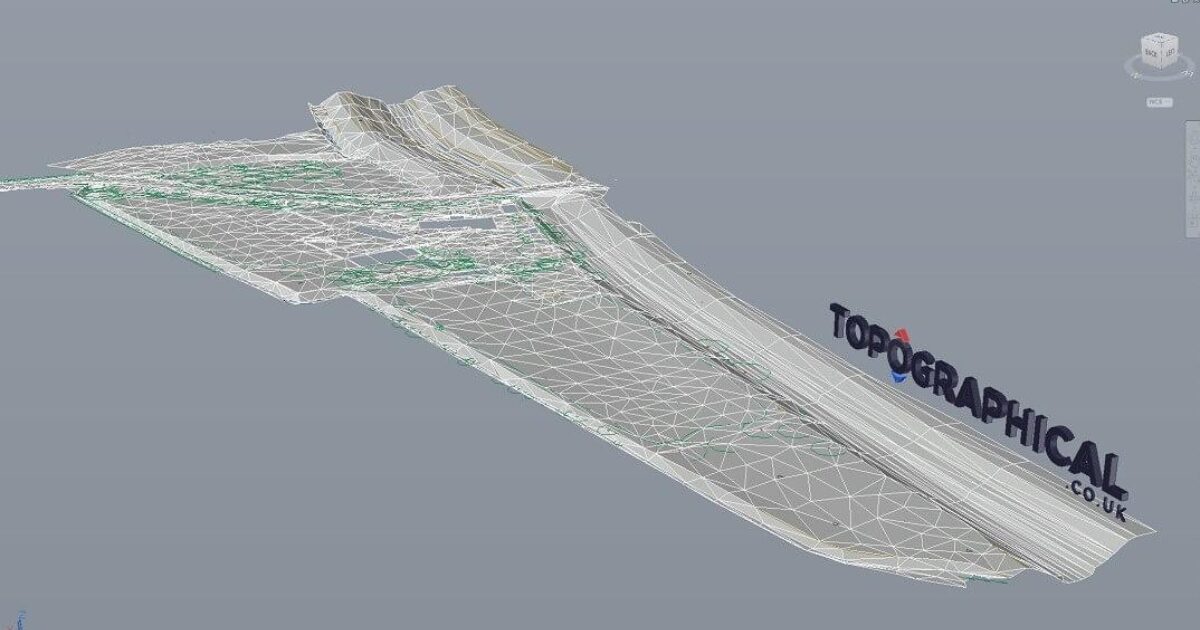Essential Tools and Strategies in Laying Out Design
The self-control of setting out design depends greatly on a collection of essential devices and methods that underpin the precision and effectiveness of task implementation. What effects does this hold for future engineering practices?
The Relevance of Accurate Measurements

The importance of exact dimensions expands beyond simple conformity; they are essential to the general efficiency of design procedures. Inaccuracies can result in material waste, job hold-ups, and raised labor costs, eventually affecting the task's profits. Additionally, specific dimensions boost the quality of the end product, making certain that it does as planned and fulfills the expectations of stakeholders - setting out engineering.
Additionally, the significance of precise measurements is apparent in different engineering disciplines, including civil, mechanical, and electric engineering. Hence, cultivating a culture that prioritizes accuracy is vital for the future of design.
Crucial Devices for Setting Out
Establishing out, an essential stage in the design and building procedure, counts greatly on details devices that ensure precise location and alignment of frameworks. Among these devices, the surveyor's degree sticks out, giving precise straight dimensions necessary for developing recommendation factors. This instrument makes it possible for designers to identify altitude adjustments and maintain harmony across the project website.
The overall terminal is another important device, integrating electronic distance measurement with angular measurement capacities. This technology enhances performance and precision in capturing spatial data, permitting reliable site design and preparation.
In addition, the use of determining tapes and noting devices, such as chalk lines or risks, is fundamental for temporarily noting borders and important factors on the website. These standard tools, though easy, are important for making certain clear communication amongst the building team concerning job specs.
Last but not least, general practitioner technology has gained grip in establishing out procedures, giving real-time placing information and dramatically enhancing accuracy over conventional techniques. Jointly, these necessary devices develop the foundation of effective setting out techniques, inevitably adding to the successful execution of engineering and construction projects.
Advanced Checking Strategies
Advanced checking methods play an essential function in enhancing the accuracy and effectiveness of engineering projects. These techniques include a series of approaches that offer accurate data for design and building. Standard techniques, such as progressing and triangulation, have progressed into extra innovative techniques, consisting of Total Terminal surveys and Global Navigating Satellite Systems (GNSS)
Complete Station tools integrate digital theodolites with range measurement capacities, enabling surveyors to gather accurate area data with terrific speed. This innovation considerably lowers errors linked with hands-on measurements and supplies real-time data processing. GNSS uses unparalleled precision for large-scale jobs by making use of satellite signals to identify precise positioning, which is important for aligning frameworks and ensuring compliance with style requirements.
Along with these tools, advanced techniques likewise integrate geospatial evaluation and 3D modeling. These approaches make it possible this link for engineers to picture surface and website problems better, facilitating better decision-making during the planning phase. By employing these sophisticated checking methods, engineering tasks can attain better accuracy in format, reduce rework, and eventually improve overall project success.
Digital Innovation in Engineering
The combination of digital technology has transformed engineering practices, enhancing both productivity and precision across various techniques. Tools such as Building Information Modeling (BIM) facilitate the visualization and management of complicated projects, allowing designers to collaborate seamlessly and make educated choices. This innovation enables the production of comprehensive 3D versions, which can be analyzed for architectural honesty and performance before construction begins.

The application of artificial intelligence and machine discovering in design processes additionally boosts predictive maintenance and optimization of resources. These technologies make it possible for the analysis of huge information collections, causing far better projecting and boosted job end results. Overall, digital modern technology is improving the engineering landscape, driving development, and making certain that hop over to these guys jobs are finished with higher effectiveness and reduced threat. As the sector remains to progress, welcoming these devices will be necessary for future success.
Ideal Practices for Execution
When carrying out electronic modern technology in design, it is important to establish a critical technique that straightens with task objectives and business capabilities. A thorough evaluation of existing operations and innovation facilities is necessary to determine spaces and possibilities for renovation. Engaging stakeholders early in the procedure promotes collaboration and makes sure that the modern technology meets user needs.

Job supervisors ought to embrace an iterative execution strategy, enabling changes based upon real-time comments and efficiency assessments. This nimble method not only mitigates dangers however likewise promotes continual improvement by including lessons learned.
Conclusion
Finally, the integration of necessary tools and advanced techniques in laying out design is vital for ensuring precision in dimensions and effective task execution. Utilizing instruments such as land surveyor's levels, overall terminals, and GPS modern technology, alongside modern-day checking methods, enhances precision and reduces the likelihood of mistakes. Taking on ideal techniques in application additionally maximizes these processes, ultimately fostering improved job results in the design and building and construction industries.
The self-control of setting out design depends greatly on a collection of crucial devices and methods that underpin the accuracy and effectiveness of task execution.In addition, the significance of precise dimensions is evident in different engineering disciplines, consisting of civil, mechanical, and electrical engineering. By employing these advanced evaluating methods, engineering projects can attain greater accuracy in layout, decrease rework, and ultimately enhance general project success.
In general, electronic modern technology is improving the engineering landscape, driving development, and guaranteeing that tasks are finished with higher efficiency and reduced threat (setting out engineering).In verdict, the assimilation of essential devices and progressed strategies in setting out design is crucial for making sure precision in dimensions and successful project execution